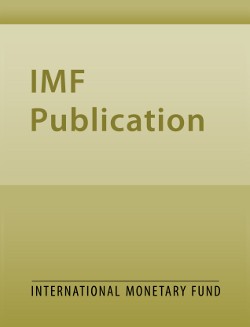
Deciding to Enter a Monetary Union: TheRole of Trade and Financial Linkages
WP/12/240
This paper evaluates the role of trade and financial linkages in the decision to enter a monetary union. We estimate a two-country DSGE model for the U.K. economy and the euro area, and use the model to compute the welfare trade-offs from joining the euro. We evaluate two alternative scenarios. In the first one, we consider a reduction of trade costs that occurs after the adoption of a common currency. In the second, we introduce interest rate spread shocks of the same magnitude as the ones observed during the recent debt crisis in Europe. The reduction of trade costs generates a net welfare gain of 0.9 percent of life-time consumption, while the increased interest rate spread volatility generates a net welfare cost of 2.9 percentage points. The welfare calculation suggests two ways to preserve the welfare gains in a monetary union: ensuring fiscal and financial stability that reduces macroeconomic country risk, and increasing wage flexibility such that the economy adjusts to external shocks faster.
Publication date: October 2012
ISBN: 9781475511437
$18.00
Add to Cart by clicking price of the language and format you'd like to purchase
Available Languages and Formats
| Paperback | |
| English |
Prices in red indicate formats that are not yet available but are forthcoming.
Topics covered in this book
This title contains information about the following subjects.
Click on a subject if you would like to see other titles with the same subjects.
Economics- Macroeconomics , Economics / General , International - Economics , Trade Costs , DSGE Model , Monetary Union
Summary
Copyright © 2010 - 2025
Powered by:
AIDC



